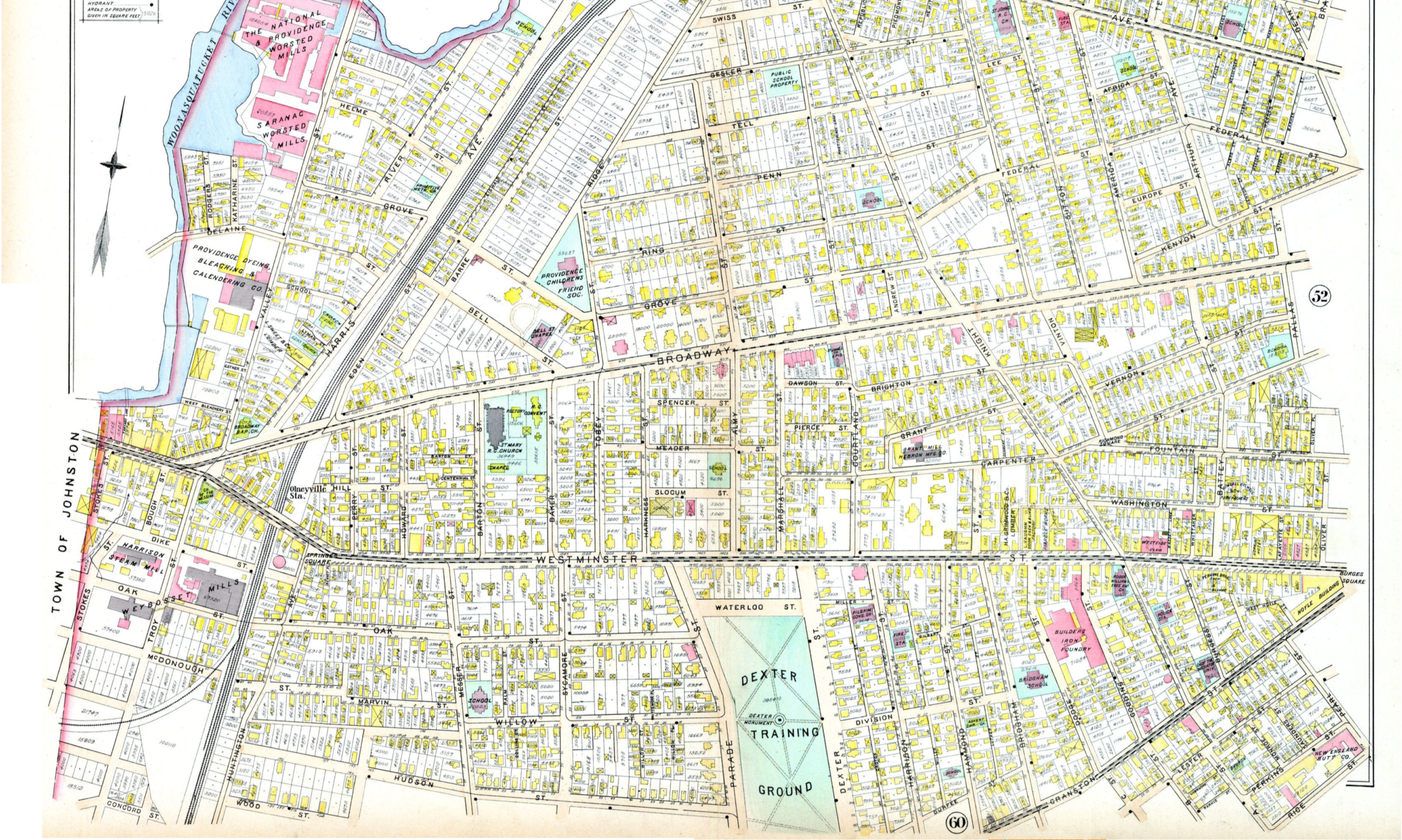I was pretty busy yesterday. I was working on the campaign of City Council Majority Leader Seth Yurdin, who was re-elected with 72% of the vote in Fox Point, Wayland Square, and Downtown. That was intense and rewarding, but there were a lot of other races that I, the election-junkie, was also excited about.
Mayor
Jorge Elorza ended up beating Michael Solomon 49% to 43%. Here are two precinct-level maps I put together using RI Board of Elections data for that race:

Both maps really show how much of Elorza’s victory was because of the East Side.
Governor and Lieutenant Governor
The other high-profile Democratic primary was for Governor. Gina Raimondo (41% in Providence) ended up edging out Angel Taveras (40%) and Clay Pell (18%) who split the progressive vote. Except I’m a progressive and voted for Raimondo, so go figure.
For Lieutenant Governor, the lowest profile race of the three, Dan McKee beat Ralph Mollis and Frank Ferri. I had been expecting Mollis to cruise to victory, so I voted for progressive darling Ferri (even though I didn’t know much about the candidates or what the office of Lieutenant Governor really does). I should note that while McKee won statewide with 43% of the vote, Mollis won Providence, also with 43%.
Correlations
One thing I’m interested in is figuring out what the voting blocs are in Rhode Island and Providence specifically. My working theory is that “old-school”, “latino”, and “young white liberal” are three such voting blocs. To study this I looked at the correlations between how candidates in these three races did compared to other candidates. Some interesting findings:
- Two high positive correlations were Elorza-Ferri (76%) and Solomon-Mollis (68%). Those were closely followed by Raimondo-Ferri (63%) and Raimondo-Elorza (61%). Those correlations mean that in precincts where one candidate had a high vote percentage, the other usually did too. This technically means, for example, you could predict 76% of the precinct-to-precinct variation in Ferri vote totals by looking at Elorza vote totals.
- One hypothesis disproved: there was essentially no correlation (-3%) between Taveras vote totals and Elorza vote totals. This indicates that Latinos were not voting uniformly for both candidates. Identity politics is far from everything.
- Another hypothesis, if not disproved, called into question: There was indeed a negative correlation between Taveras and Pell vote totals (-15%). It’s probably true that if only one of them had been in the race, the consolidation of the liberal vote would’ve been more challenging for Raimondo to beat. But the pattern of “more votes for Pell means fewer for Taveras and vice versa” was not particularly strong.
- There was, however, a strong negative correlation (-54%) between Mollis and Ferri, and neither candidate had as strong a negative correlation with the third and victorious candidate for Lieutenant Governor, McKee (-20% and -3% respectively). I interpret that to mean Mollis and Ferri appealed to different types of voters, and those voters tend to group together in the same precincts. McKee perhaps appealed to a more wide swath of voters.
I’ve uploaded all this data and the vote totals I pulled from the RI Board of Elections website in a Google Doc here so you can take a closer look if you want.

